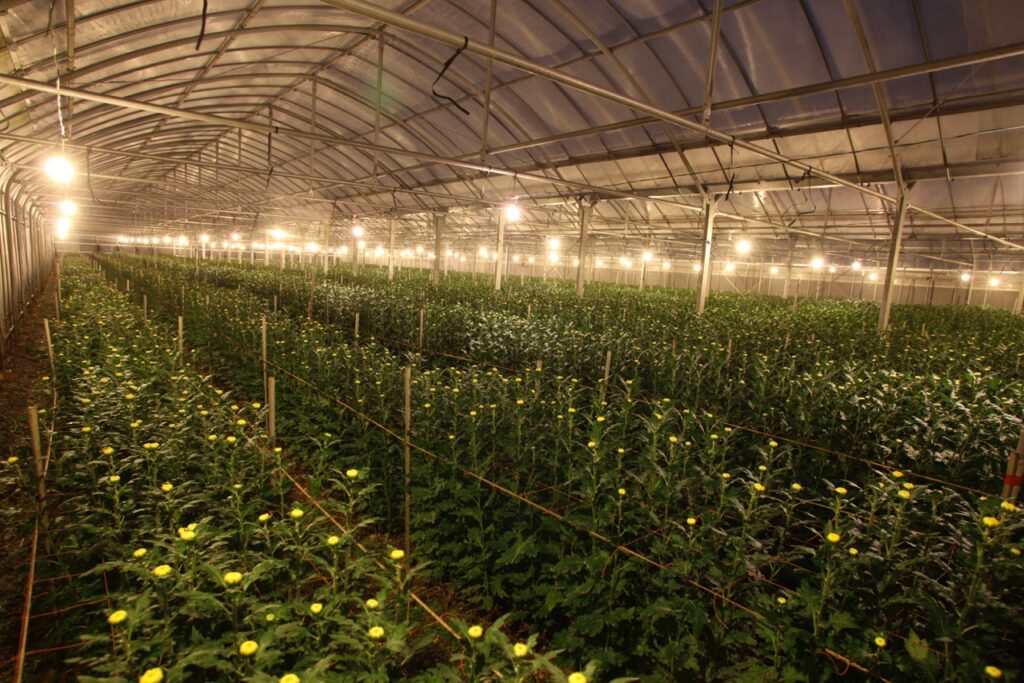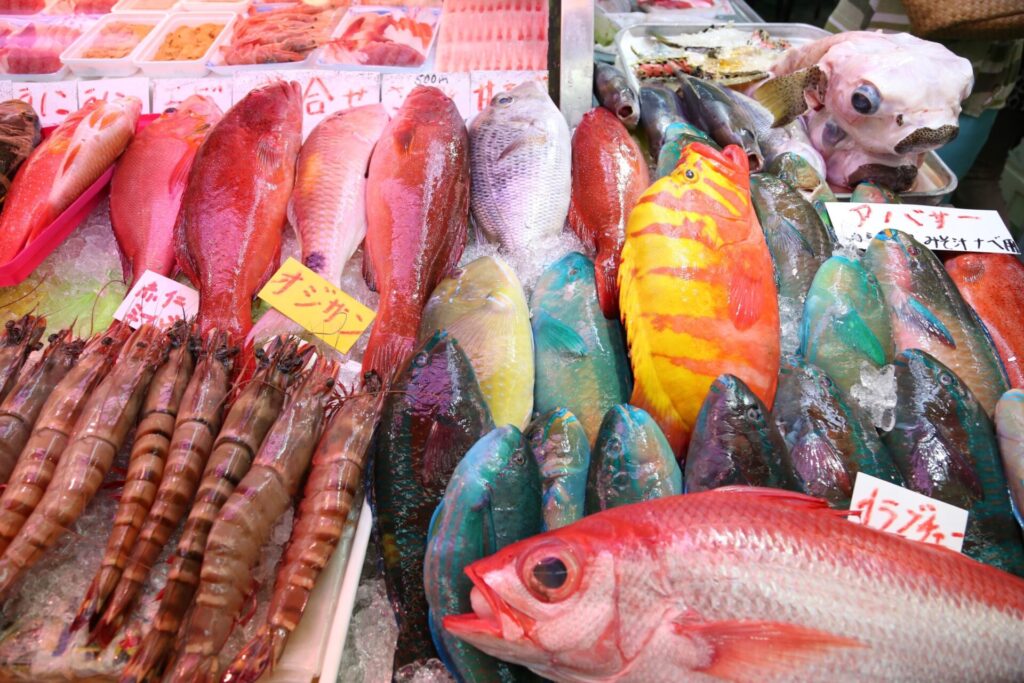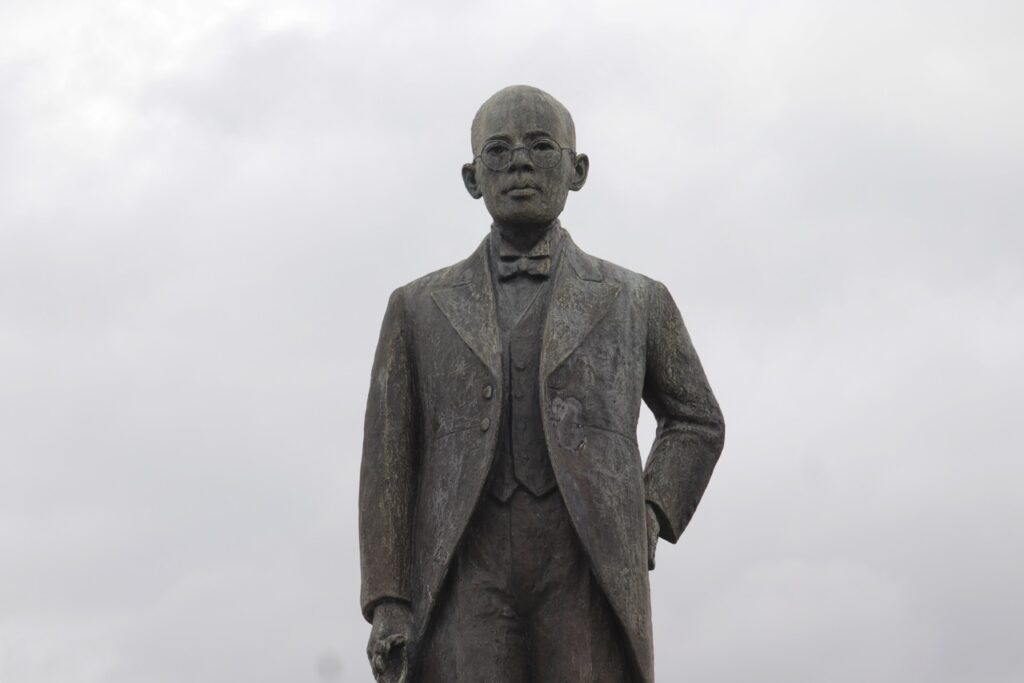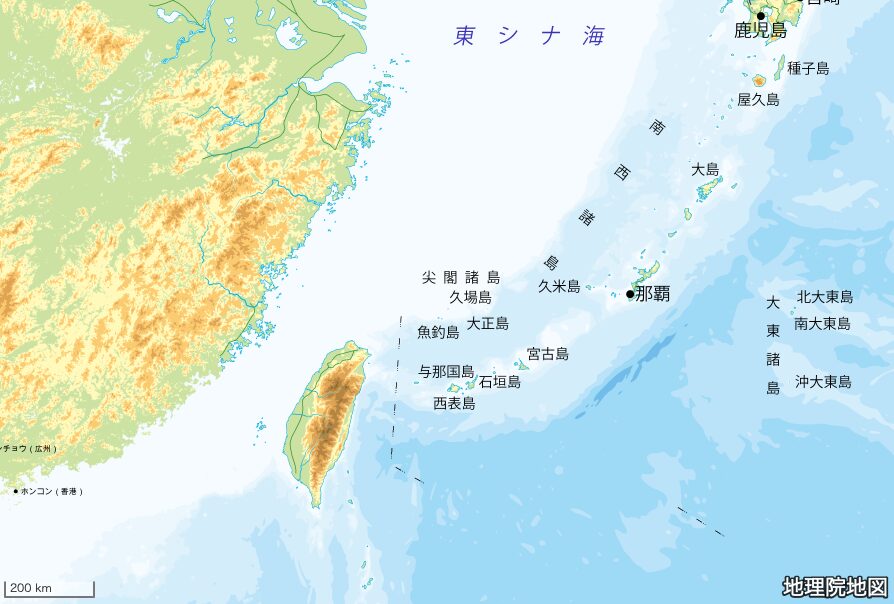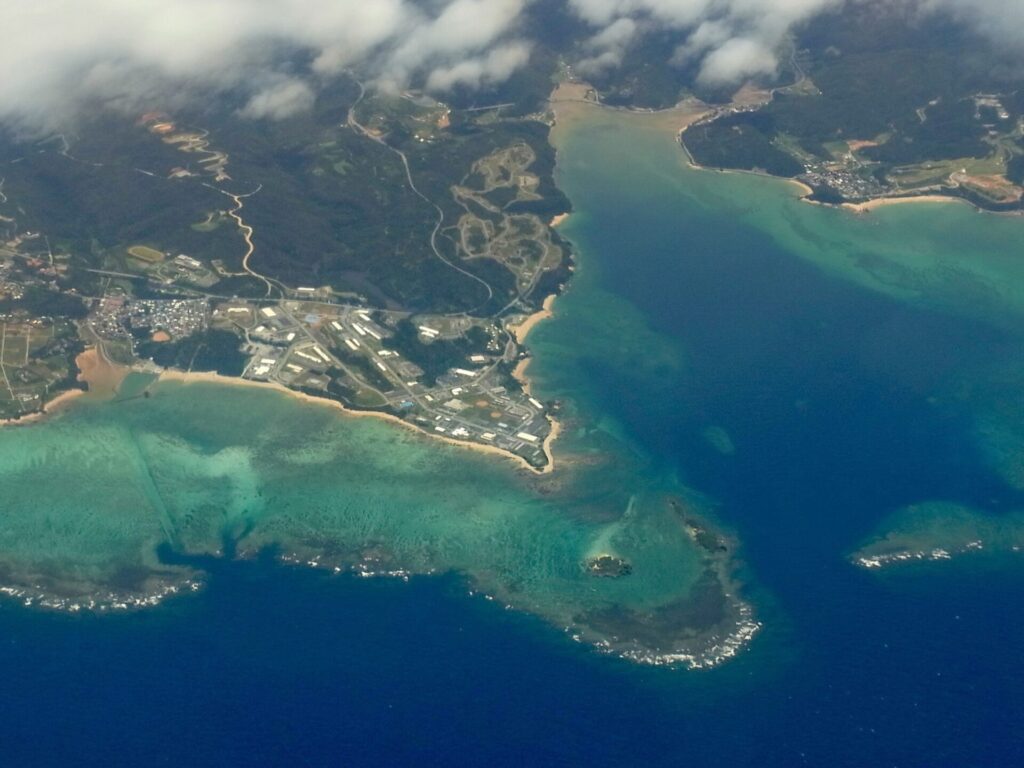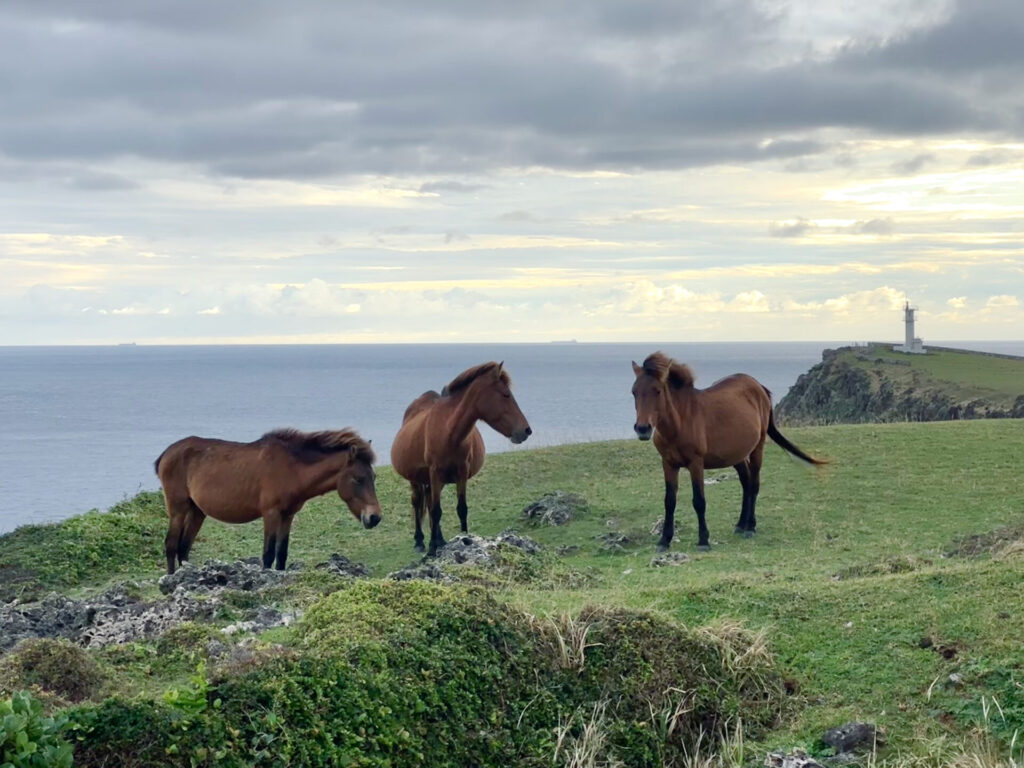Monchū

Photo: KANO Tatsuhiko
There are a lot of words unique to Okinawa that crop up in everyday conversation, leaving anyone who doesn’t already know the term without a clue what’s being said. Monchū could be considered the epitome of such words. The first time I heard this word, I was interviewing a folklorist from Okinawa. When he said, “I am researching on monchū (もんちゅう),” regrettably what came to my mind was gate posts with the small Okinawan lions, the shīsā, on top. As our conversation continued, however, we both became more and more confused until the folklorist realized something was wrong. He peered over at my notes and said, “No, not 門柱 (monchū/gatepost) but rather 門中 (monchū); ‘Inside (中) the gate (門).’”
When the boxer Gushiken Yoko was asked by a mainlander, “What’s your kamon (家紋/family crest) ?” what Gushiken heard was “What’s your kamon (家門/house gate)?” and so he answered, “Cement blocks.” I’m certainly not one to laugh.
Monchū refers to a group of people with ancestral blood ties down the paternal side. You could imagine it like the leaves on the branches that link the paternal blood relatives together. The monchū system developed out of the court ranks sometime around the seventeenth century, and the most distinguished families can trace their ancestry back to that time period. A guide for that purpose has even been published and you can find it in the Okinawa section of Japanese bookstores.
The monchū’s most important role comes in memorial services for ancestors. Monchū ancestors are laid to rest in large turtle-back tombs (kameko baka or kikkō baka), and from time to time, the living members of the monchū often gather at these tombs for memorial services. For example, during the spring Shīmī Festival, individual families first hold a small Shīmī, and then all the blood relatives gather from far and wide at the monchū tomb for a large Shīmī. Sometimes larger monchūs even announce their ceremonies in the newspaper since there wouldn’t be enough time to call every individual member.
In these large monchū members often cannot put a name to a face, which sometimes means that two strangers might start talking in a bar only to realize, “Oh! We’re going to be in the grave together someday!” You sometimes hear stories about people putting on airs and demanding respect right until they realize they’re talking with someone of the same monchū. They’ll do a complete about-face and become more courteous. This is because the monchū age takes precedence over any other kind of social status.
My ancestors lived in Tokyo and I was born and raised in Tokyo, so I find it hard to grasp the feeling of monchū. I only really see my relatives when someone passes away, and though they all live in Tokyo some of my great-aunts and uncles have gone more than a decade without seeing each other. Somewhere around my grandfather’s generation, the ancestral line was broken and so we don’t even know where our family grave is. Okinawans would probably find my situation unbelievable.







